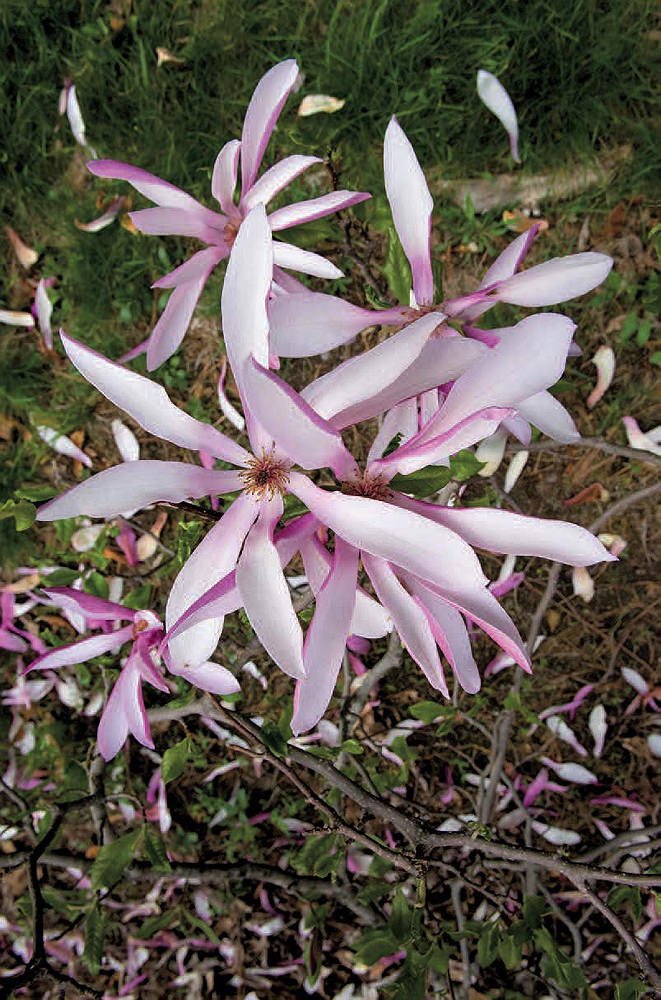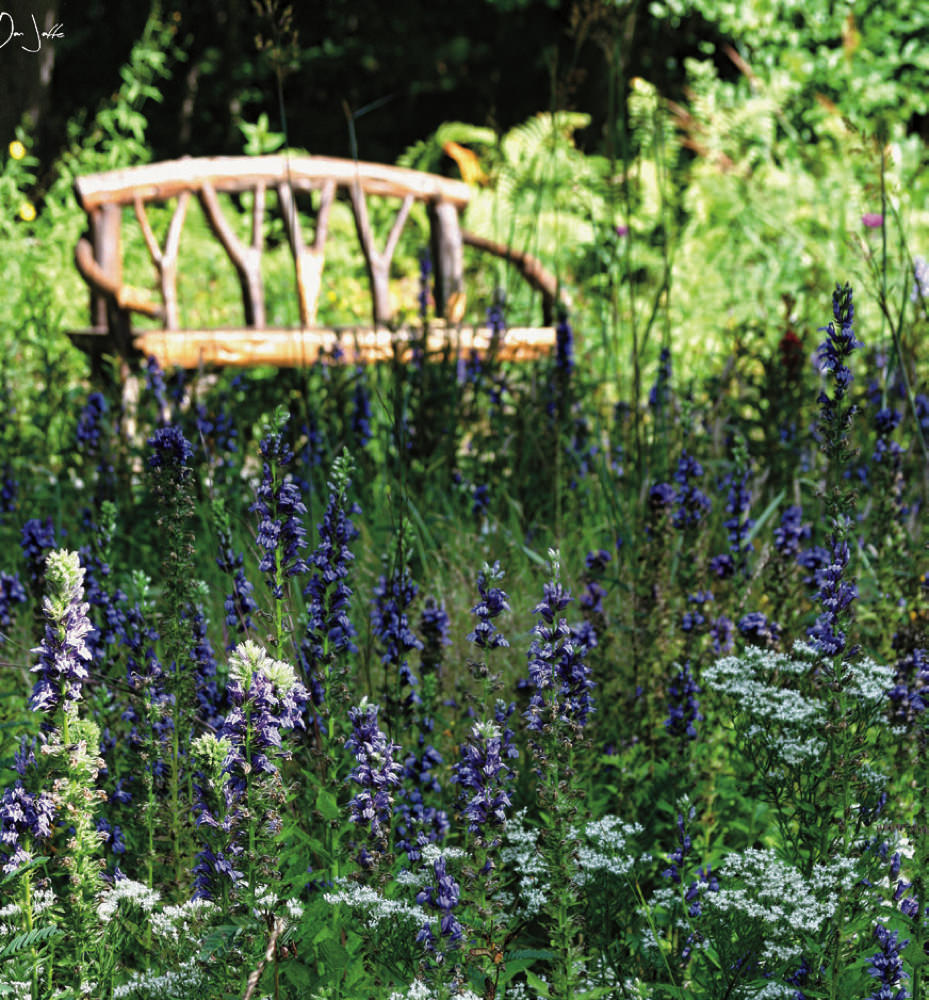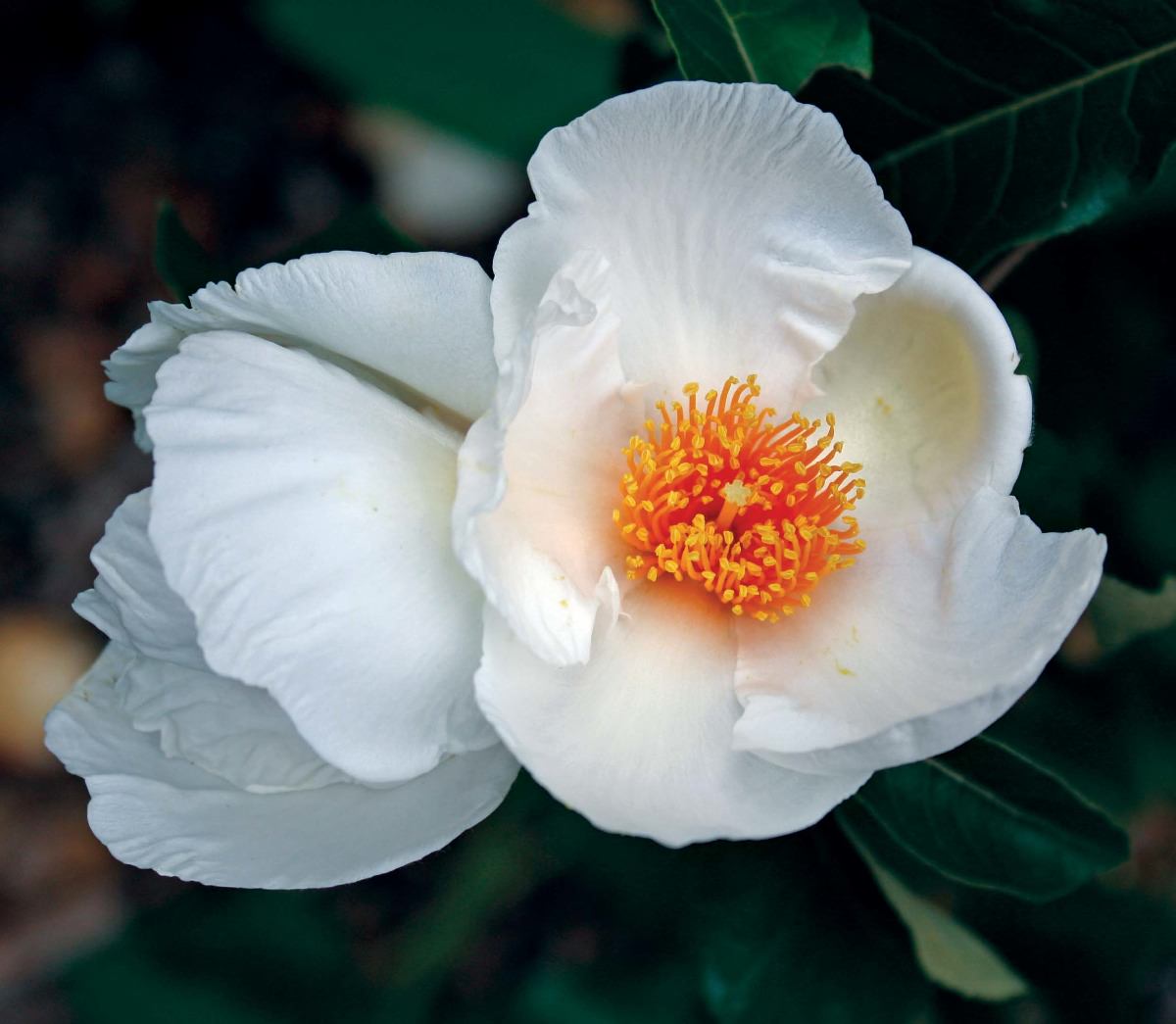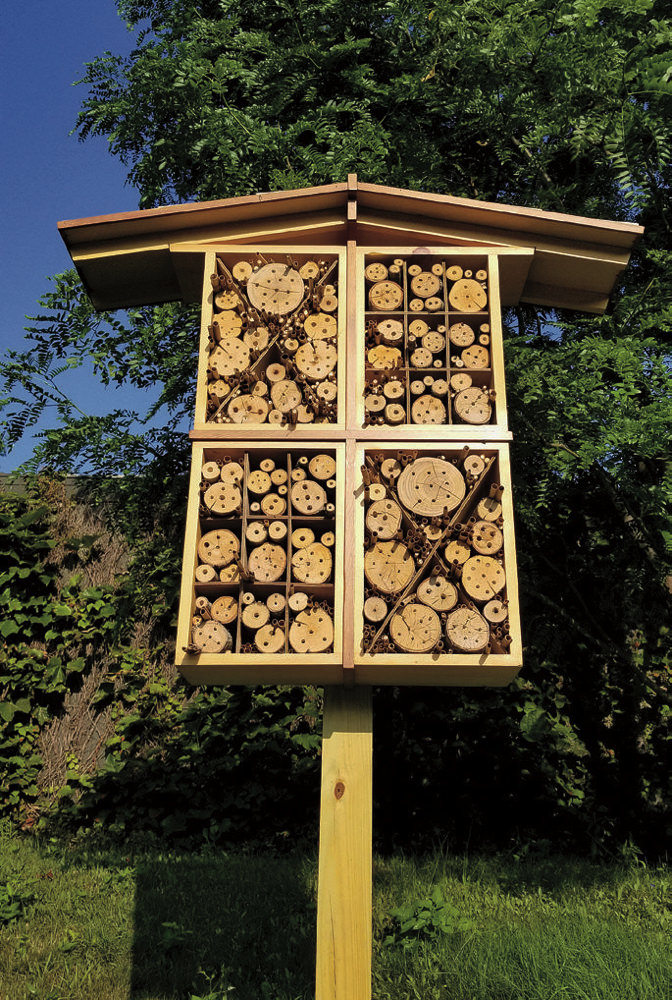At a time when social distancing has changed everyone’s life, all of us working remotely from Harvard Magazine find it important to get outside for exercise and to clear our heads. Especially now, when the seasons are beginning to turn in eastern Massachusetts, I think of the University’s Arnold Arboretum. Two summers ago, I wrote about an exhibition of photographs of the seasonal parade there, taken by Jim Harrison, the magazine’s long-time contributing photographer. He told me that when capturing images outdoors, the “golden hours” just after sunrise and just before sunset provide dramatic light. For Harrison, that meant rising on some summer days at 4 A.M. to record the fuchsia glow of first light. You won’t be able to resist his photos of the hybrid magnolia, “Judy,” or of a stewartia in bloom, in the image gallery. Don’t take my word for it—see for yourself.

Magnolia blooms in spring
Photograph by Jim Harrison
New England Natives
Directly WEst of Boston, just 20 miles from the Arboretum, Garden in the Woods is a sanctuary for native plants—ephemeral and easily overlooked beauties of the natural world. The Framingham garden, with diverse habitats that range from low-lying wet spots to wooded hills with dappled light, concentrates in one 45-acre preserve an astonishing variety of plants, from showy trilliums and orchids to carnivorous species. Late spring is perhaps the peak for the flowering native species here, but even if a trip to the Garden is not possible, the spot is a source of inspiration for gardeners and woodland walkers alike, perhaps ranging from home, hoping to spot a rarity putting on a fleeting show. The collections complement those of the Arboretum, which focuses on trees and shrubs.

The meadow contains seasonal native plants.
Photograph courtesy of Native Plant Trust and Garden in the Woods/Photography by Dan Jaffe
—Jonathan Shaw, Managing Editor
Harvard Magazine has covered the Arboretum’s wide-ranging work for decades, from its research programs and collections to its family-oriented exhibits. In 2016, Jonathan Shaw reported on its race to document the world’s botanical diversity in an age of rapid climate change and mass extinction, and the following year on a collecting expedition to China. “With habitat destruction ongoing all over the world...and with global climate change, which is likely to lead to extensive extinctions,” one scientist told him, “sampling that diversity now may be our last chance.”

Franklinia alatamaha
Photograph by Jon Hetman/The Arnold Arboretum
—Marina Bolotnikova, Associate Editor
Last year we reported on the Harvard Undergraduate Beekeepers’ “observation beehive” project, as well as other initiatives in the Greater Boston area to protect the native bee populations. At the Arnold Arboretum, gardener Brendan P. Keegan helped build and now oversees six native-bee habitats across the 281-acre botanical oasis to boost the local bee population and “educate people about the diversity of pollinators that we have.”

Log-based cavities host nesting bees at the Arnold Arboretum.
Photograph by Jessica Lau
Bees have faced increasing threats to their populations that threaten this planet’s entire ecosystem. I find it heartwarming and hopeful to see that people understand the vital importance of bees to our world and work to help them thrive.
Searching for Diverse Plant Species in China
In 1924, Harvard dispatched Joseph Francis Rock on a treasure hunt through China’s southwestern provinces, where he collected 20,000 specimens for the Arnold Arboretum; some, such as the Beijing lilac (Syringa pekinensis), still bloom nearly a century later. You can read more about this historic expedition as well as how these trips to find diverse plant species in China have continued.

The Arnold Arboretum’s Michael Dosmann with a Rodgersia leaf and plumes of Astilbe grandis
Photograph by Jonathan Shaw
Plants Get Their Close-Up
And if you’ve ever doubted the magic of plants, you won’t anymore after reading about Anna Laurent Malsberger’s exhibition at the Arboretum called “Dispersal,” which displays 33 of her breathtaking close-up photographs of seedpods. These images show how plants have evolved to spread genetic material via wind, water, animals, or simply by catapulting it away.
—Kristina DeMichele, Digital Content Strategist

Seedpods of Magnolia x soulangeana
Photograph ©Anna Laurent
And for more delights, see Arnold Arboretum director Ned Friedman’s photos from his walks around the grounds, all year round.








